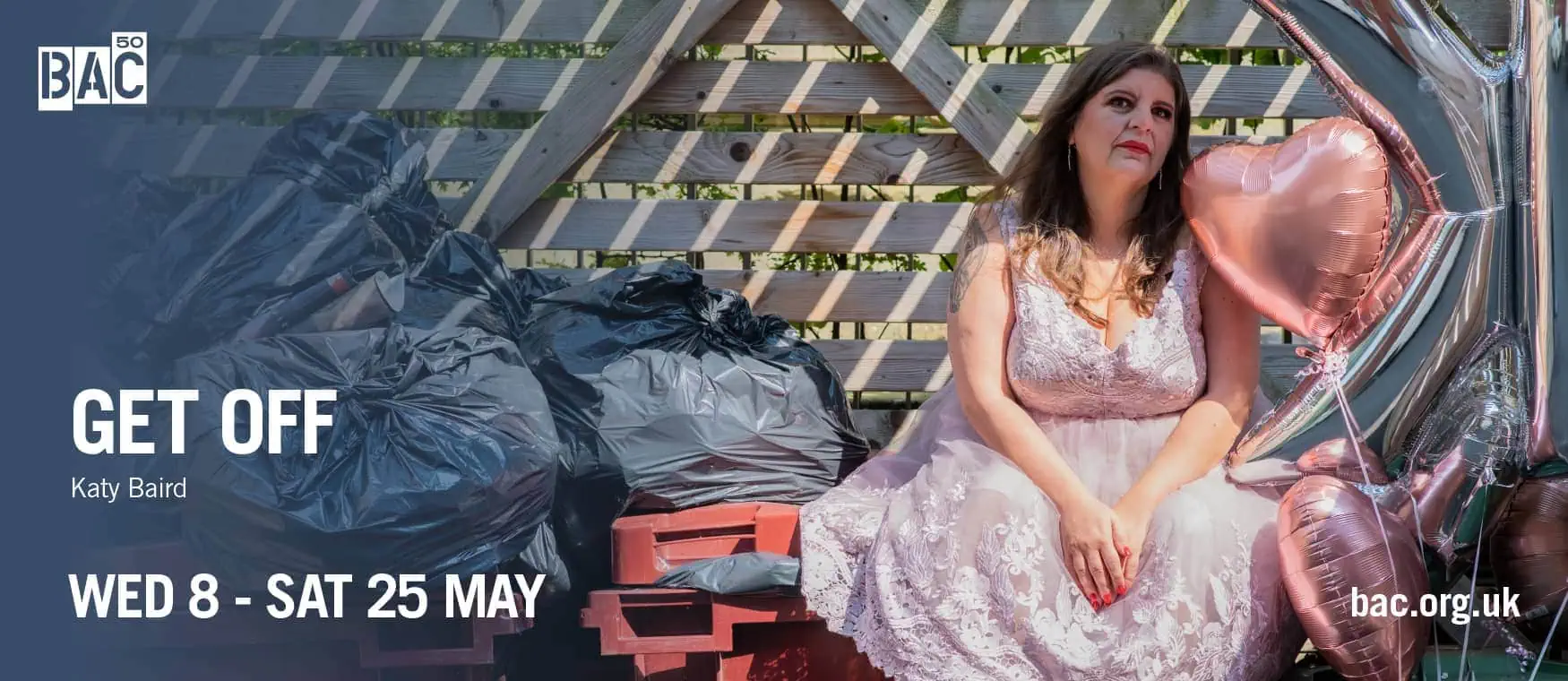From the very beginning of her career – as a chorus girl in theatres and cabarets of 1920s Weimar Berlin – Marlene Dietrich boasted a gay following.
In one of her early revues she sang a duet with Margot Lion called ‘My Best Girlfriend’ in which both sported a corsage of violets– the signal for lesbianism. But this was the “divinely decadent” Berlin of Sally Bowles and Christopher Isherwood, when gay life flourished and culture was free and easy.
Marlene made the most of the liberation of the times and was a frequent attendee at the many drag balls and gay clubs of the era. Her own fluid sexuality led to numerous affairs with both men and women – a habit she maintained throughout her life.
She became established as an actress both on stage and in silent films, and eventually came to the attention of Josef von Sternberg, an American film director who was casting his first talkie, The Blue Angel.
For the lead part of Lola Lola, he wanted a woman who could project irresistible sex appeal, but also icy indifference as she snared and destroyed respectable men. He eventually alighted on Marlene and it was from that springboard that her worldwide fame followed. The Hollywood career that followed saw mixed success.
By the end of the 1930s, after a series of critical disasters and a nomination as Box Office Poison, it seemed her star was waning.
But then she was offered the part of Frenchy in the film Destry Rides Again – a comedy western quite unlike anything she had done before.
It was an inspired move, smashing at last the burdensome image of Dietrich as ice maiden and untouchable goddess. Here was the new Marlene – the rollicking bar-room floozy whose catfight with Una Merkel has entered screen legend. Marlene’s willingness to send herself up revived her career and drove it to new heights.
As Hitler began his rise to power in Germany, she began to see a trickle of Jewish refugees arriving in Hollywood and she realised that something terrible was happening to her homeland. With enormous prescience she gave up her German nationality, became an American citizen, joining the Allied Forces in their war against the Third Reich.
“Her own fluid sexuality led to numerous affairs with both men and women”
She was aware of her power as a propaganda weapon – the only really world famous German film star who had set herself against the Nazis – and she used it to the full. Her wartime exploits on the front line of the fighting in Europe, including acts of enormous courage, brought her medals and glory from the French and the Americans.
It was after the war that her third incarnation occurred – this time as a hypnotically brilliant cabaret artiste. It was Burt Bacharach who elevated her act to new levels of sophistication with his brilliant arrangements and staging. Together they toured the globe, making Marlene once more the highest paid entertainer in the world.
After breaking her leg in a fall from the stage, Marlene retreated to seclusion in her apartment in Paris for the final twelve years of her life. All visitors were refused as she tried desperately to protect her carefully fostered image of ageless beauty.
She died at the age of 90, leaving a legacy of images that are still plundered by the likes of Lady Gaga, Kylie and Madonna – all of whom have channeled Marlene in recent acts.
I will be telling Marlene’s story in a new show, which features clips from her most famous films and a moving testimony – using archive material – of her war heroism. It ends with a unique showing, in full, of her one-woman show recorded in Sweden in 1963, when she was at the top of her game.
• Marlene Dietrich Tribute
• Conway Hall, Red Lion Square, Holborn, WC1R 4RL.
• Friday 7th and Saturday 8th September, 7.30pm.
• Tickets £10 from www.mdtribute.com











